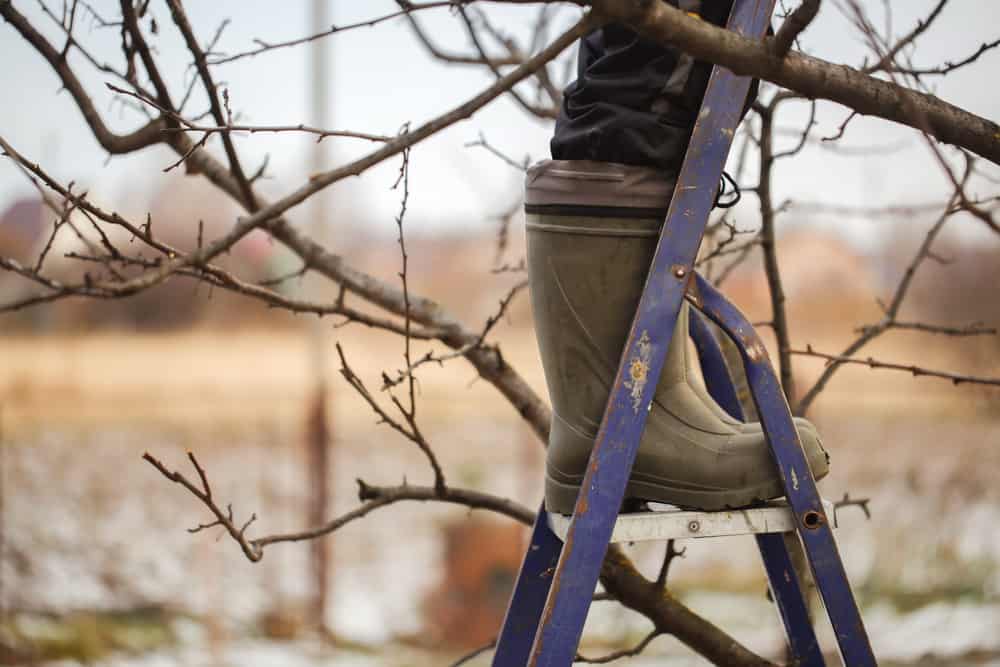Gardener Pete Harcom says that January is the perfect time for a little thoughtful planning on how to make the most of your garden this year

The benefits of gardening are well documented nowadays. Stress relief and increased self-esteem are gained from regular gardening sessions, while immunity, heart health and brain health are improved. The risks of stroke or Alzheimer’s are reduced and mental health is significantly boosted. Gardening really is a labour of love that reaps benefits in all areas.
But it can also have an astonishingly positive impact on the environment. A thoughtful gardener can make simple changes which hugely benefit the natural ecosystem.
With that in mind, here are a few ideas for your garden plans in the coming year, along with some general January garden jobs.
Native plants for native wildlife
Consider the wildlife support that native plantings can bring –
plants such as pulmonaria, grape hyacinth, Aubretia, primrose, sweet Violet and English bluebell are just some that attract our bees and butterflies.
Consider allowing an area of garden to ‘go native’ to attract wildlife – simply let the grass grow, and put up some bird boxes, a hedgehog home or maybe a butterfly house.
Do ensure that bird feeders are clean and replenished and water is available, especially in very cold weather.
Don’t bin it!
All decaying leaves should be either cleared up and put on the compost heap or left in a pile somewhere sheltered to provide shelter for hedgehogs and beneficial insects.
While tidying, remember to check that the crowns of herbaceous perennials and alpines are not waterlogged under piles of fallen decaying leaves.
A little housekeeping
Winter pruning can still be done on climbing roses, apple and pear trees. Magnolias, Cotinus, Berberis and flowering currants can also be pruned now.
Tall shrub roses will benefit from being reduced in height to reduce wind rock, which can allow water to lie in against the roots.
Clear up the greenhouse, wash all pots and the greenhouse glass (carefully!). Perhaps consider installing automatic vent openers, installing guttering and a water butt to conserve water.
Also be sure to cover outside taps with insulation.
Seed time
Now’s the time to order the
coveted seeds from the catalogues, but do take a moment to review what worked well in your garden last year (and what didn’t go so well!) and make a new plan of action.
If you order plug plants, ensure they will be hardy, if your greenhouse is not heated or at least insulated.
You can go ahead and sow antirrhinum, Sweet Peas, lobelia, Begonia Semperflorens and geraniums (pelargoniums) now, in gentle heat in the greenhouse or on a windowsill – in a propagator if possible.
New borders
Plan and replant herbaceous borders. Take hardwood cuttings from deciduous shrubs, such as forsythia, willow and viburnum.
Peat-free and loam-based composts are readily available and advice can be obtained from garden centre staff.
Consider the soil in your garden – soil testing can help, particularly if you have moved to a new garden or taken on an allotment.
Doing a simple test can avoid years of disappointing results! I find the Mooncity 3-in-1 soil tester is very easy to use.
Again, speak to your local garden centre staff for advice.
Sponsored by Thorngrove Garden Centre

